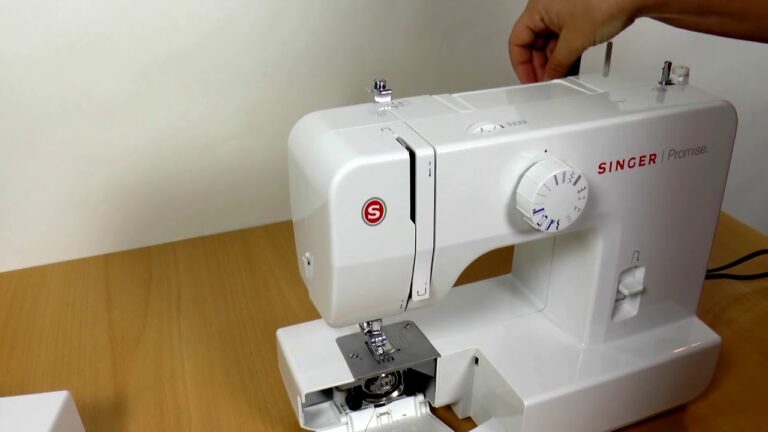Lucrative Pipefitter Job: Description and Salary

Pipefitter Job Description Template
Pipefitter Job Description A pipefitter is a skilled tradesperson who is responsible for installing, assembling, and maintaining piping systems in various settings, such as residential, commercial, or industrial facilities. They work with different types of materials, including steel, copper, plastic, and iron, to ensure the proper functioning of plumbing and heating systems. The main duties of a pipefitter include interpreting blueprints and drawings to determine the layout and placement of pipes, measuring and cutting pipes to the required length, and then fitting them together using various techniques such as welding, soldering, or threading. They also install and repair fixtures, such as valves, pumps, and meters, and ensure that all connections are watertight and leak-free. Safety is a critical aspect of a pipefitter’s job. They must follow strict safety regulations and guidelines to prevent accidents and injuries. They use protective equipment, such as gloves, helmets, and safety glasses, and are trained in working at heights and confined spaces. Additionally, pipefitters need to possess good problem-solving skills to diagnose and troubleshoot issues in piping systems and make necessary repairs or replacements. Attention to detail and precision are two essential qualities for a pipefitter. They need to accurately measure and cut pipes, ensure proper alignment and fit, and make tight and secure connections. Time management is also crucial as they often work on tight deadlines and need to complete projects efficiently. In conclusion, pipefitters play a vital role in the construction and maintenance of piping systems. Their expertise ensures the proper functioning of plumbing and heating systems, making them key contributors to the overall functionality and safety of various facilities.Pipefitter Responsibilities
Pipefitter Requirements
How Much Does A Pipefitter Make?
Pipefitter Salary
| Job Title | Median Salary | Salary Range |
|---|---|---|
| Pipefitter | $55,160 | $39,570 – $80,820 |
A pipefitter is a skilled tradesperson who installs, assembles, fabricates, maintains, and repairs piping systems. They work in various industries such as construction, manufacturing, and maintenance. The median salary for pipefitters is $55,160 per year, with a salary range between $39,570 and $80,820. This salary can vary based on factors such as experience, location, and industry. Pipefitters play a crucial role in ensuring the proper functioning and safety of piping systems, making them an essential part of many industries.
Pipefitter Salaries by Country
Top Paying Countries for Pipefitter
| Country | Average Salary |
|---|---|
| United States | $60,000 |
| Australia | $55,000 |
| Canada | $50,000 |
| United Kingdom | $45,000 |
| Netherlands | $40,000 |
A pipefitter is a skilled tradesperson responsible for the installation, maintenance, and repair of piping systems. The salaries of pipefitters vary across different countries. According to recent data, the top paying countries for pipefitters include the United States, Australia, Canada, the United Kingdom, and the Netherlands. In the United States, pipefitters earn an average salary of $60,000, while in Australia, the average salary is $55,000. In Canada, pipefitters earn an average of $50,000, followed by the United Kingdom with an average salary of $45,000. The Netherlands completes the list with an average salary of $40,000. These figures may vary based on factors such as experience, qualifications, and the cost of living in each country.
A video on the topic Pipefitter
Video Source : Western Welding AcademyInterview Questions for Pipefitter
1. What is a pipefitter?
A pipefitter is a skilled tradesperson who installs, assembles, and repairs pipes that are used to transport liquids or gases in various industrial, commercial, and residential settings.
2. What are the primary responsibilities of a pipefitter?
The primary responsibilities of a pipefitter include reading and interpreting blueprints, measuring and cutting pipes, welding or soldering pipes together, installing pipes in the correct location, and testing pipes for leaks.
3. What tools and equipment do pipefitters use?
Pipefitters use a variety of tools and equipment such as pipe cutters, saws, welding machines, threaders, levels, tape measures, and various hand tools to perform their job tasks.
4. What are the different types of pipes that a pipefitter works with?
A pipefitter works with various types of pipes including steel, copper, plastic, and cast iron pipes. They may also work with specialized pipes such as those used in chemical or industrial plants.
5. What safety precautions should a pipefitter take?
A pipefitter should always wear personal protective equipment (PPE) such as safety glasses, gloves, and steel-toed boots. They should also follow proper safety procedures, secure pipes and equipment, and be aware of potential hazards such as hot surfaces or hazardous materials.
6. How important is accuracy in pipefitting?
Accuracy is crucial in pipefitting as even a small error in measurements or pipe installation can lead to leaks, system failures, or safety hazards. Pipefitters must ensure precise measurements and proper alignment of pipes to ensure the system functions correctly.
7. What are some common challenges faced by pipefitters?
Some common challenges faced by pipefitters include working in confined spaces, dealing with heavy pipes and equipment, working at heights, and adapting to different work environments such as construction sites or industrial plants.
8. What skills are important for a pipefitter to possess?
Important skills for a pipefitter include strong mathematical and measurement skills, the ability to read and interpret blueprints, proficiency in using tools and equipment, good problem-solving skills, and the ability to work well in a team.
9. How does a pipefitter collaborate with other tradespeople?
A pipefitter often collaborates with other tradespeople such as plumbers, electricians, and HVAC technicians to ensure the smooth installation and functioning of various systems. They may need to coordinate their work schedules, share workspace, and communicate effectively to complete a project successfully.
10. What are some potential career advancements for a pipefitter?
A pipefitter can advance their career by gaining additional certifications or licenses, such as becoming a master pipefitter or a welding specialist. They may also choose to specialize in a particular industry or pursue supervisory or management roles within their field.
The Best Universities For The Pipefitter Profession.
- University of Houston – Houston, Texas
- University of Alaska – Anchorage, Alaska
- University of Washington – Seattle, Washington
- University of Illinois – Urbana-Champaign, Illinois
- University of California – Los Angeles, California
- Pennsylvania College of Technology – Williamsport, Pennsylvania
- Michigan State University – East Lansing, Michigan
- University of Wisconsin – Madison, Wisconsin
- Ohio State University – Columbus, Ohio
- Georgia State University – Atlanta, Georgia






